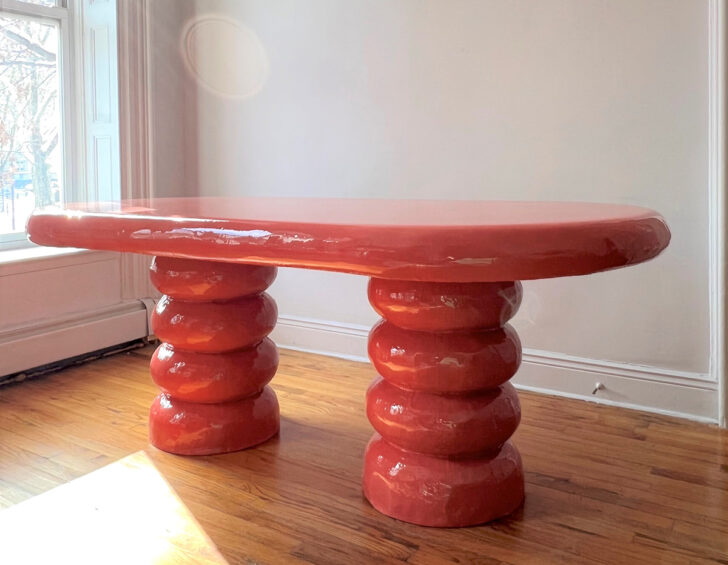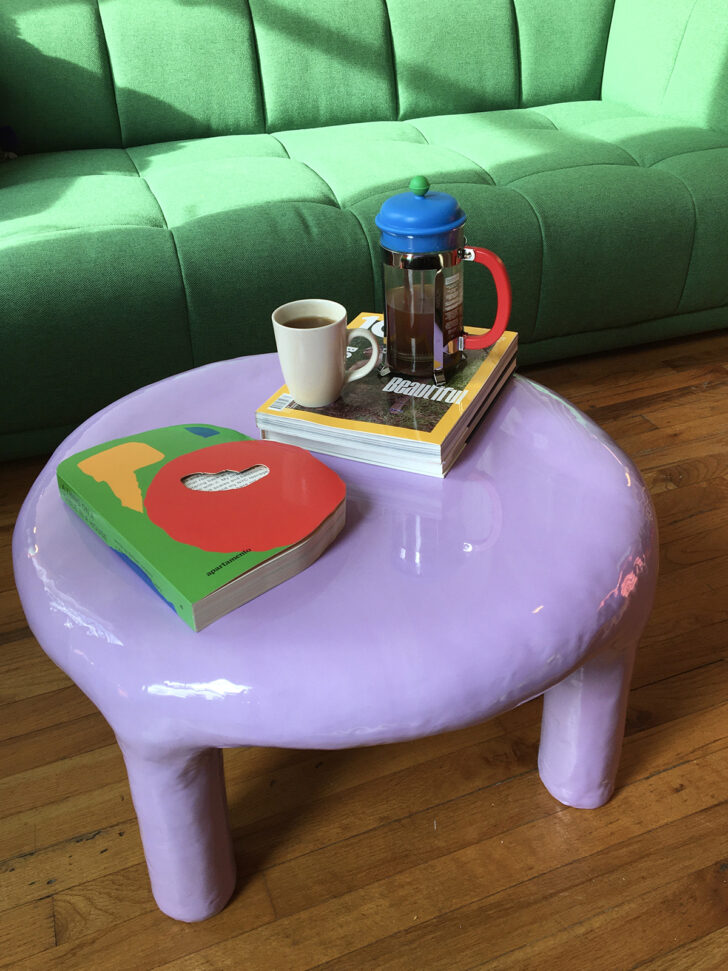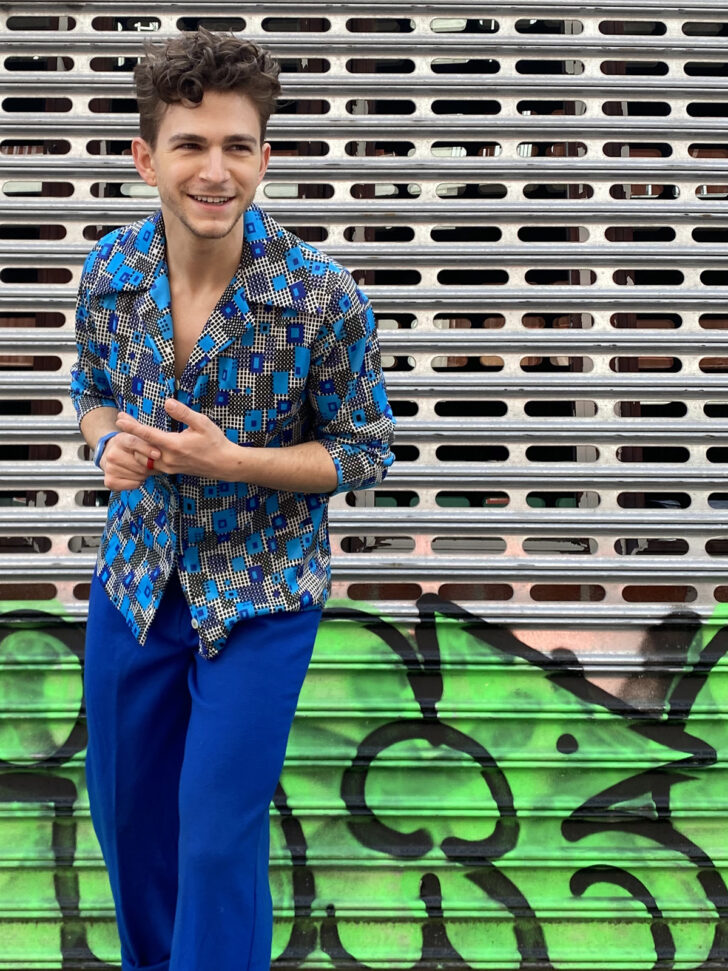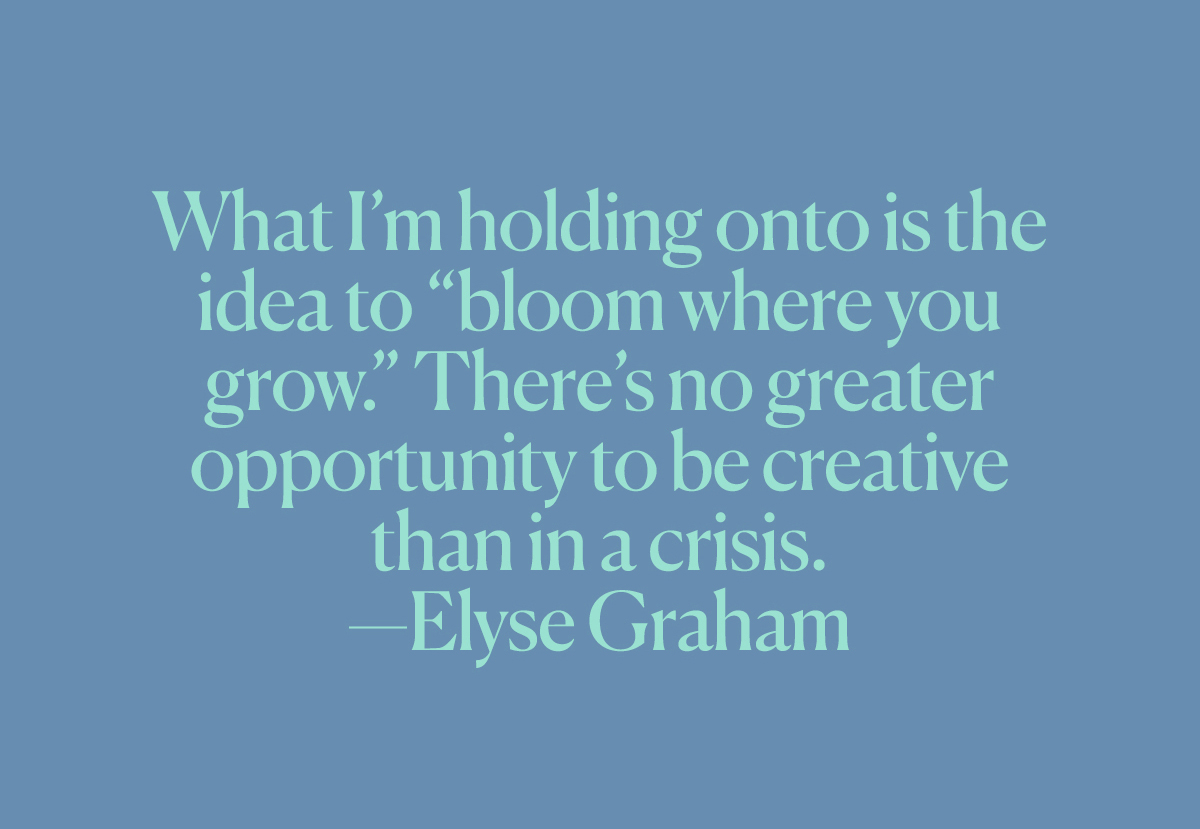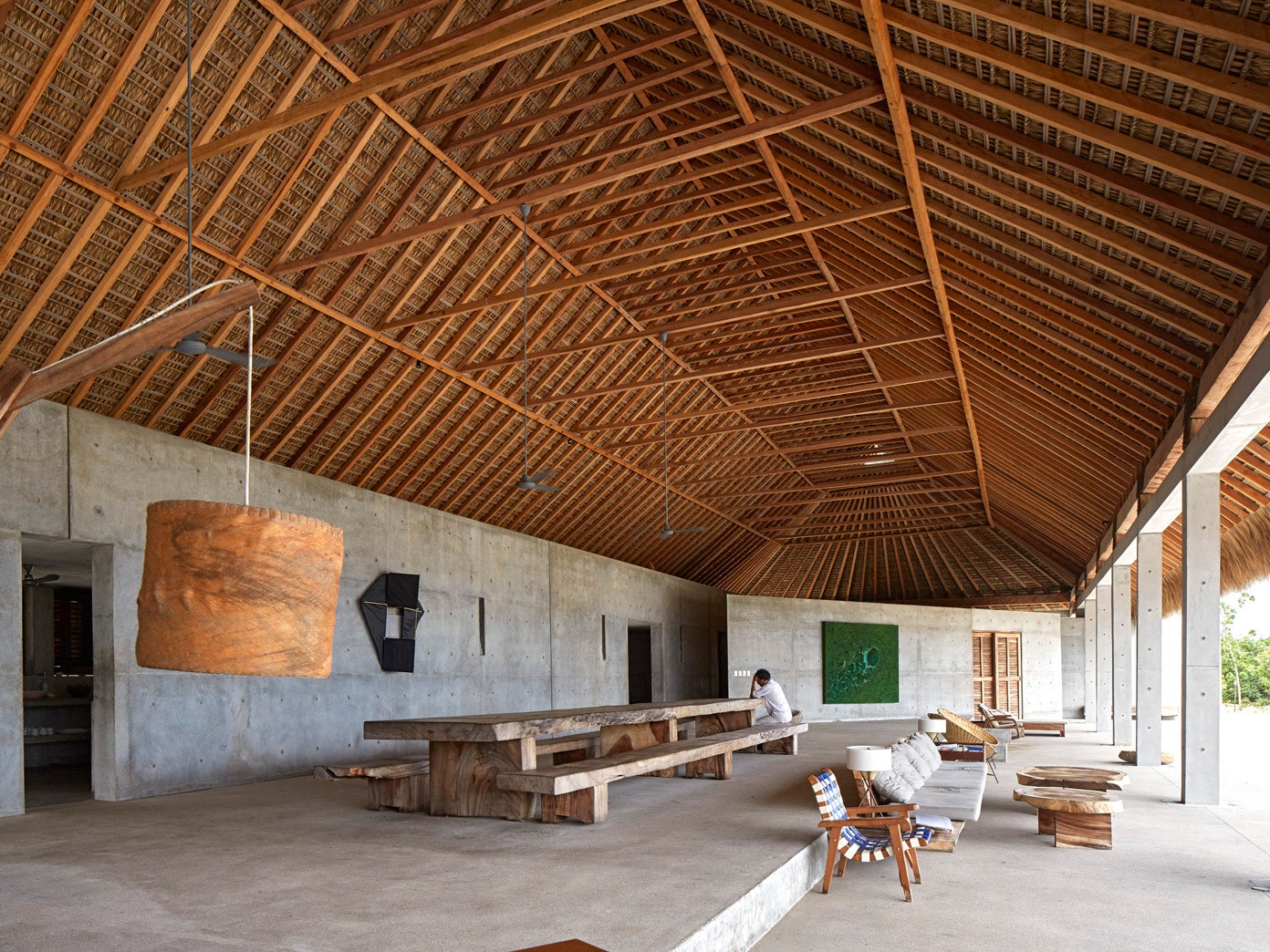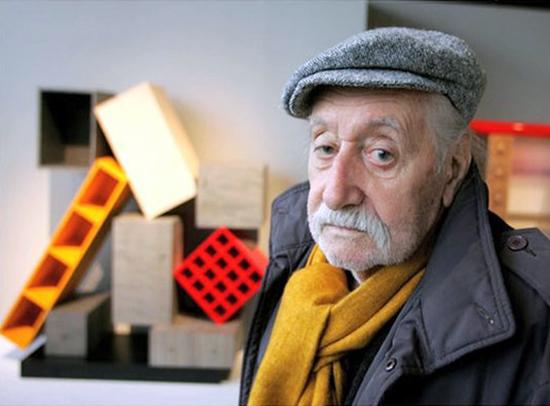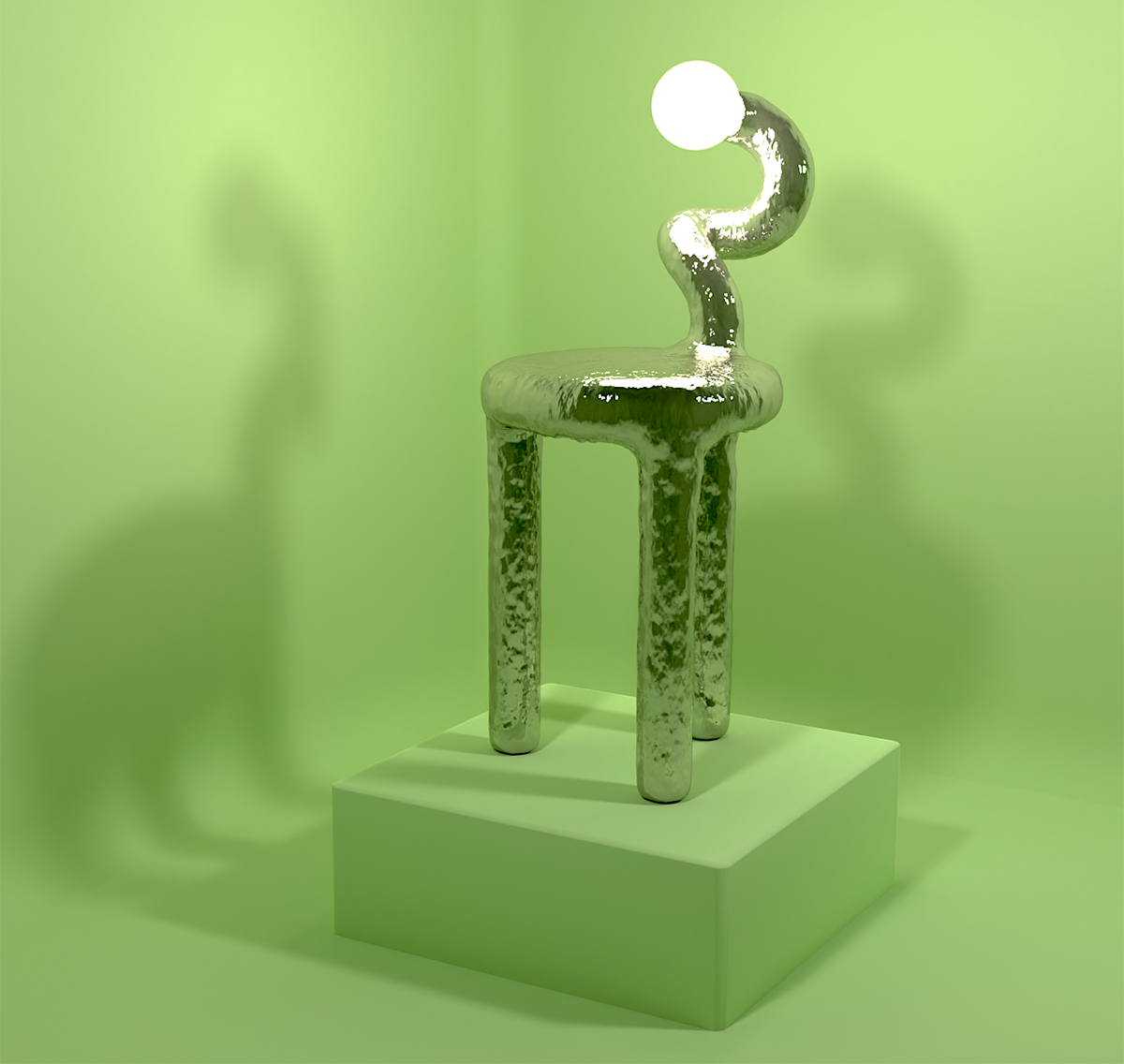
04.27.22
Up and Coming
Nicholas Devlin’s Furniture Plays With Queerness and the Aesthetic — and Expectation — of Domesticity
After 2+ years, it’s finally what we call “design season” — what with New York Design Week, Salone Del Mobile, 3 Days of Design, and the Collectible Design Fair all happening within the coming weeks. With that in mind, we decided to devote the next two weeks to one of our favorite subjects, and one of the things we enjoy scouting most during those kinds of fairs: new and emerging talents in furniture, interiors, objects, and more. We hope you enjoy!
I first encountered Nicholas Devlin‘s work, as one does, while mindlessly scrolling through home decor made by artists on Instagram. His gunky, almost Pixar-esque furniture pieces merge sculpture and function; pieces like his bright yellow flower lamp serve as both personal reading lights and friends. But on top of his playful aesthetic, Devlin has a philosophical approach to his work that deconstructs how we have historically looked at the home.
His work interrogates the contradictions and complexities between belonging, domesticity, queerness, ambition, status, and family. He shares that he is “intentionally disobedient with often prescriptively generic work” (e.g. why his mirrors become personified slime and his side tables look more like creatures) and for that reason is challenging our assumptions of our physical living space. “I know on some level these are just objects in rooms,” he says, “but what I’d really love to do is change the conversation we have about our homes.” Devlin has taken what is so often made into a binary — design being luxe or not, trendy or not, accessible or not — and has tried to blur those lines.
Within the last two or so years, Devlin has left his architectural profession to dedicate time to this practice, and is committed to circular practices wherein he uses fill from dry household waste (grocery bags, plastics, paper, containers, tin cans) and industrial or construction materials. He has an upcoming group show for New York Design Week with Adorno Design and will be supporting Diptyque’s renovation project at their Williamsburg location come September. For the most part, he says he’s enjoying working on custom commissions and building new pieces. Last week, I sat down with Devlin to dive a bit deeper into the ethos behind his craft.
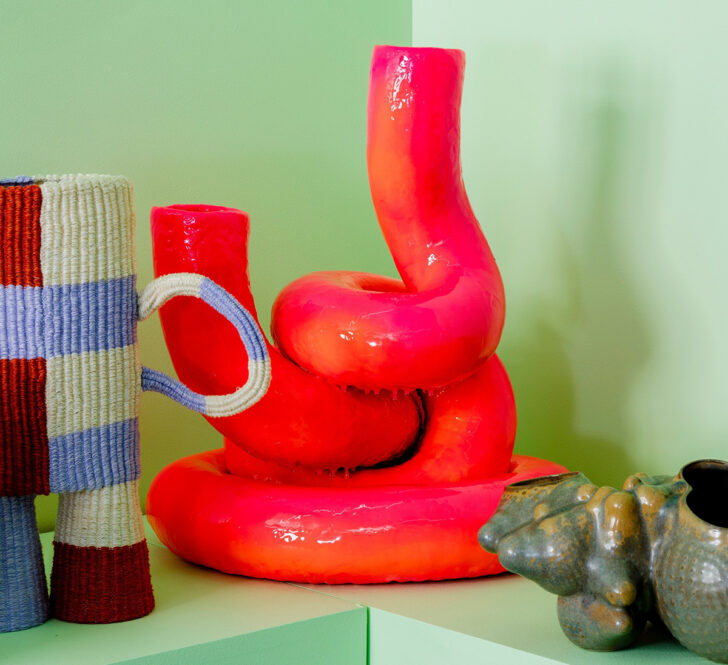
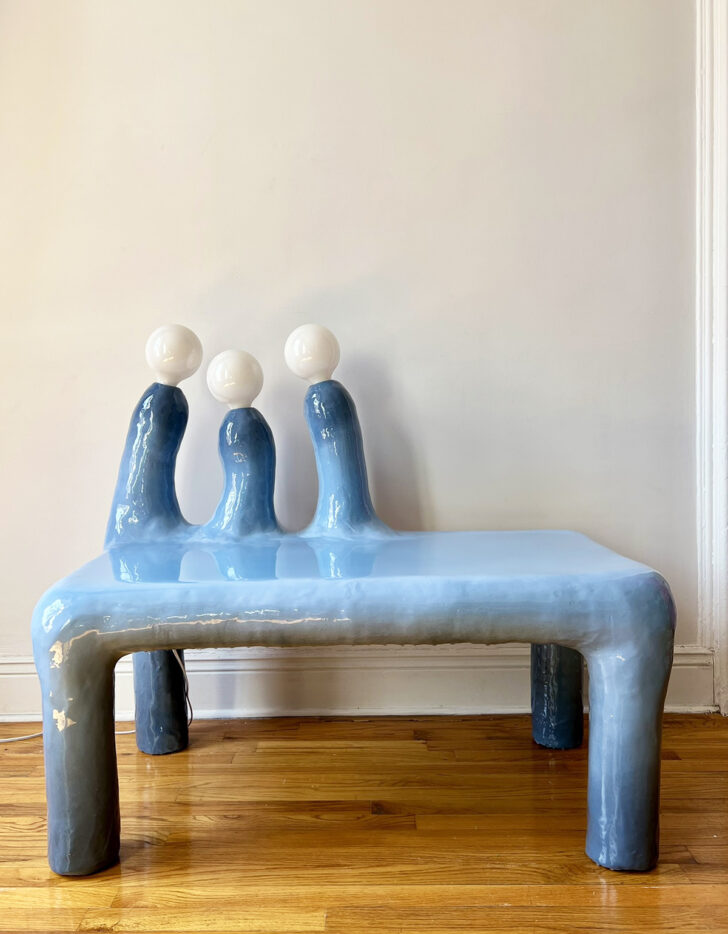
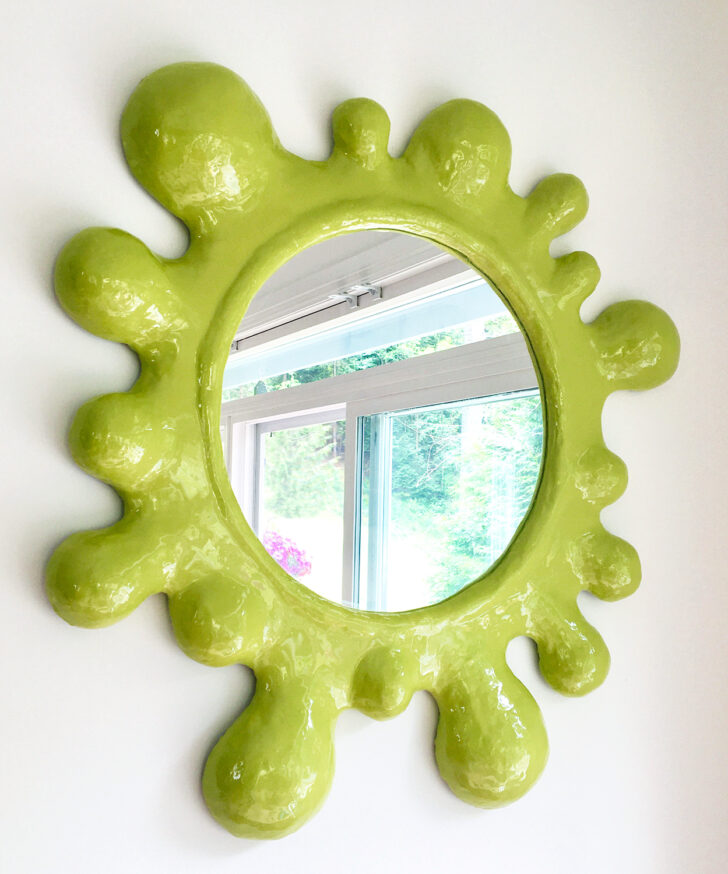
Tell me a bit about who you are and where you’re from.
I grew up in what I consider to be pretty generic suburban areas in Canada. My parents came from practical working-class backgrounds and even though I had a natural affinity for using my hands in art classes, I never considered it to be an option. It felt irresponsible. I spent 10 years trying to figure it all out, ruling out every other possibility. I felt stuck in the field of architecture; its rigidness and bureaucracy didn’t quite suit me. And the world of academia was also dissatisfying because, as juicy and provocative as those conversations can be, very few people can access them. Eventually, I gave in to the urge to make things with my own hands. It was almost like coming out all over again! I think as queer people we are simultaneously taught to be very good at lying to ourselves while also knowing when we have to face the truth.
And now your practice merges sculpture and furniture making. What inspires your work?
When I started making things, it came from a place of excitement and humor. I really wanted to have fun with it. I had this vision in my head of what my own home and life could look like and feel like, and sculpting these pieces quickly became my way of making those ideas real. It was also very much a pushing back against the coma-inducing hegemony of the design world. I found myself so incredibly bored by what I was seeing and wanted to change that.
How would you describe your style?
What I do is not for everybody and it’s always changing. I try to put a bit of cheeky queerness and experimentation into everything I do. I love to play with expectation, material, color, texture and work with kitsch and campy elements. It’s all meant to be a commentary on the assumptions we make about our domestic spaces. The physical pieces are always a few months behind where my mind is — I’m very interested in the incoherence that comes with that. By working through the contradictions and ideas I slowly get to make sense of it all myself.
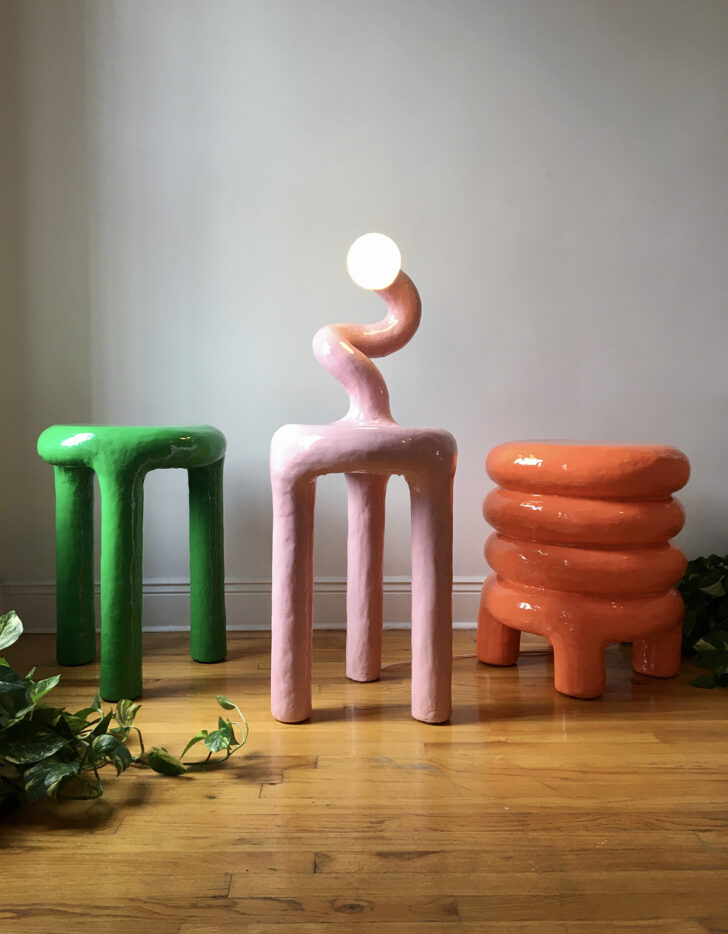
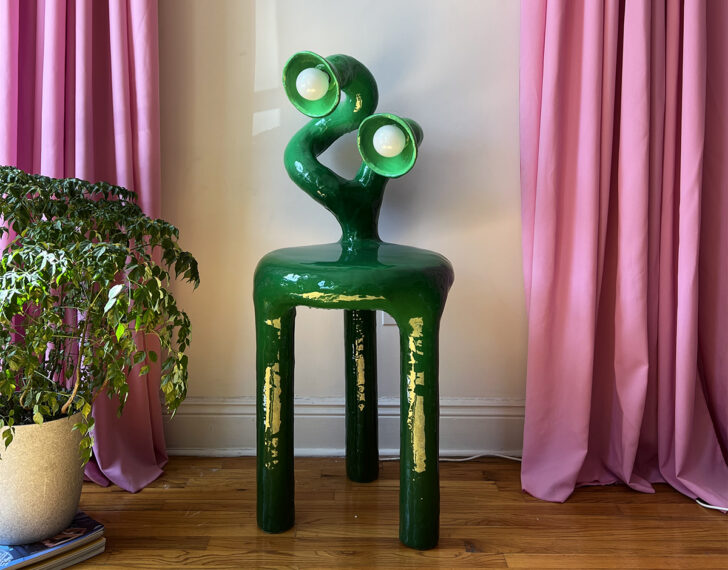
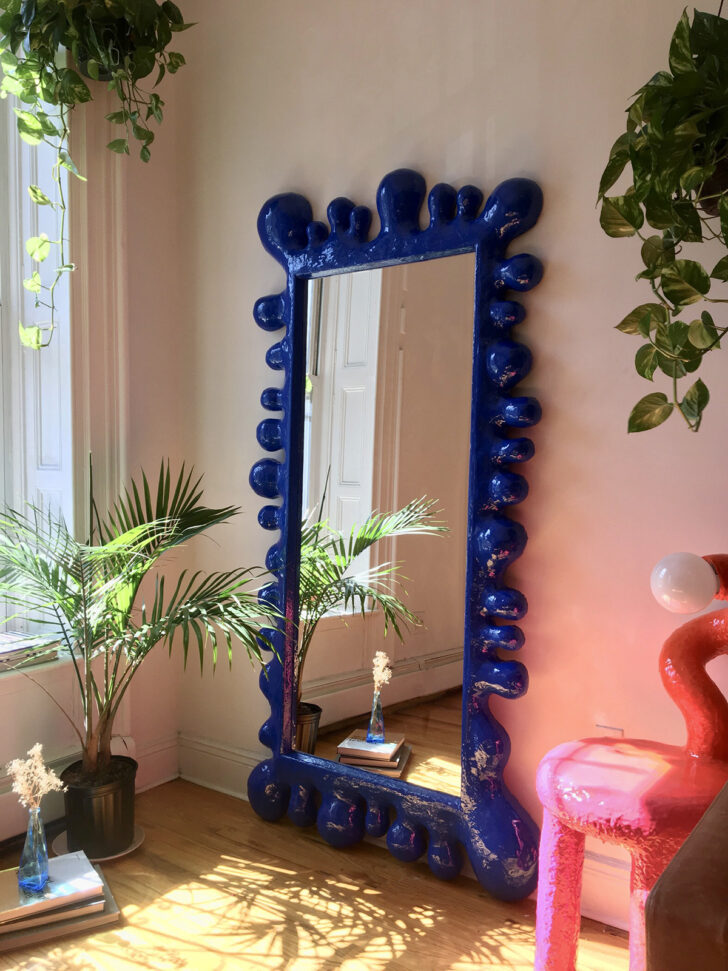
What are some of those ideas that you feel especially connected to?
Right now I’m exploring ideas of home and domesticity and aim to play with your senses and subconscious, our shared cultural nostalgia, and imagined futures. So far this has meant making work that is part sculpture and part furniture, but I really try not to put myself in too rigid a category. It’s tricky. I’m always grappling with different questions: Is this art or design? Will they get it? Is this too reactionary, too naive or childish, in a way that isn’t self-aware? Have I accidentally made it look like a penis again? Will this resonate? Will it sell, or, worse yet, does it make me a sellout? What trend will this piece somehow get lumped into, and how long will it be before that trend is deemed irrelevant? Some artists make it sound so easy and effortless, playing it off with a cryptic kind of “cool” that I think is meant to communicate their natural giftedness? I’m not sure, but it’s not how I work. It rarely feels like I have one clear answer and it’s always a work in progress.
Up until now it has sort of felt like my work is quickly growing up alongside me. At first, I was very interested in these bright colors and juvenile shapes which morphed into exploring a sense of vague nostalgia and irreverence using blown up, almost dollhouse-like, tube-shaped furniture and Nickelodeon splatters and life-like anthropomorphic features. I prefer to use shiny non-material finishes, I feel like they have a mysterious surreal quality. Recently I’m also wanting to explore more detailed representational work that will, hopefully, be a part of my first solo exhibit at IRL gallery next winter.
How do you feel your work fits in — or doesn’t — with the traditional art and design worlds?
As someone new to this side of the art and design scene it’s been a very interesting experience trying to navigate these spaces and understand them. I get that trends are inevitable, but I think many of us genuinely crave something deeper when it comes to our homes and the objects we choose to keep inside them. Everything looks the same and we are left with repetitive cycles of watered-down spaces that, rightly so, feel inauthentic before long. We feel this pressure to get everything just perfect, to have our space reflect exactly who we are and that’s just not possible. But that is how it’s sold to us. I’m trying to provide an alternative answer to all that with my work and hoping that it resonates with people.
So how do you encourage home-making through your work?
I’m much more interested in the idea that we very intentionally build our homes up over time. It is so liberating to let go of expectations or trends and instead dig deeper.
I’ve wrestled with this vast and elusive idea of “home” for the longest time. I’ve been looking for home, as a place and a feeling, my whole life. Queerness is a big theme in my work because I think so many of us grow up feeling this urge to carve out a space for ourselves and create our own worlds; worlds where we can fully be ourselves, thrive, and stop making ourselves small or “normal” to appease those who will never truly understand, see, or know us in the ways we so badly desire. I think we all want to belong, to feel secure and rooted in some metaphysical sense. This queerness by nature makes room for strangeness, the alien, a blurring of lines, incoherence, conflict, fantastical realities, and contradictions. It resists tradition, history, and the mundane while sitting within the context of it and does not feel the need to adhere to strict boundaries or labels. I really try to bring elements of that into everything I do. I try to think of my pieces as questions and let my work itself become a curiosity about home, a process that is never over and can always teach me something new.
